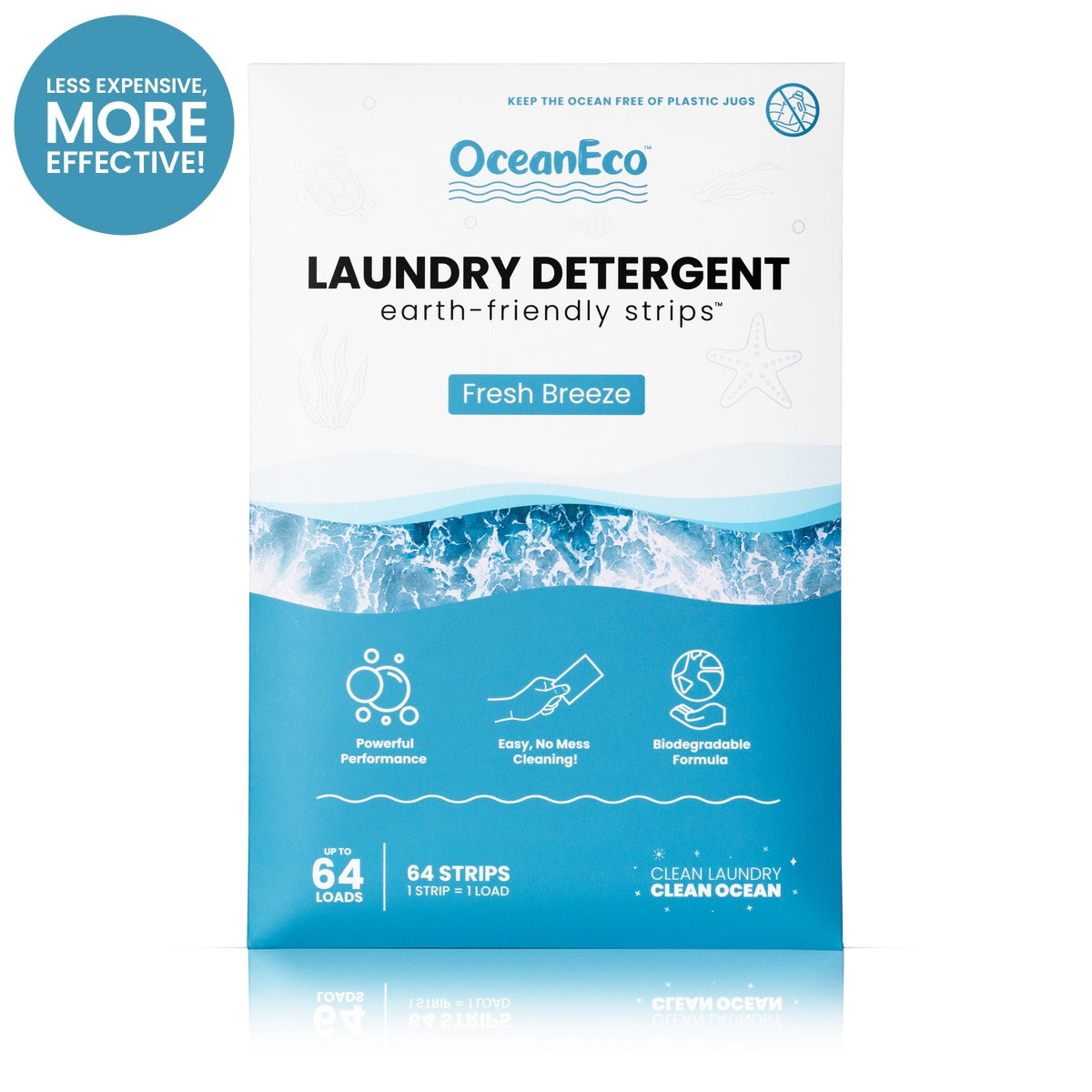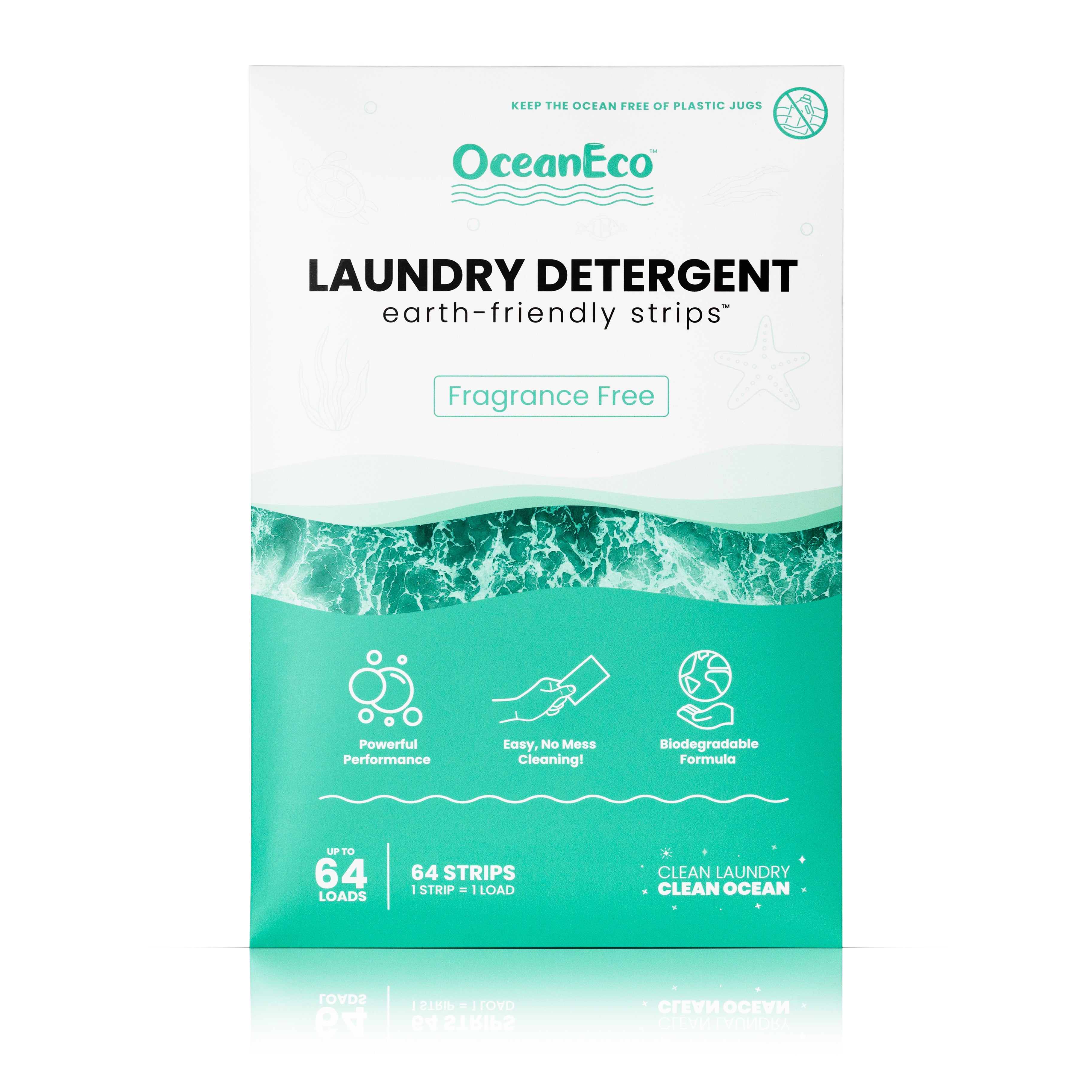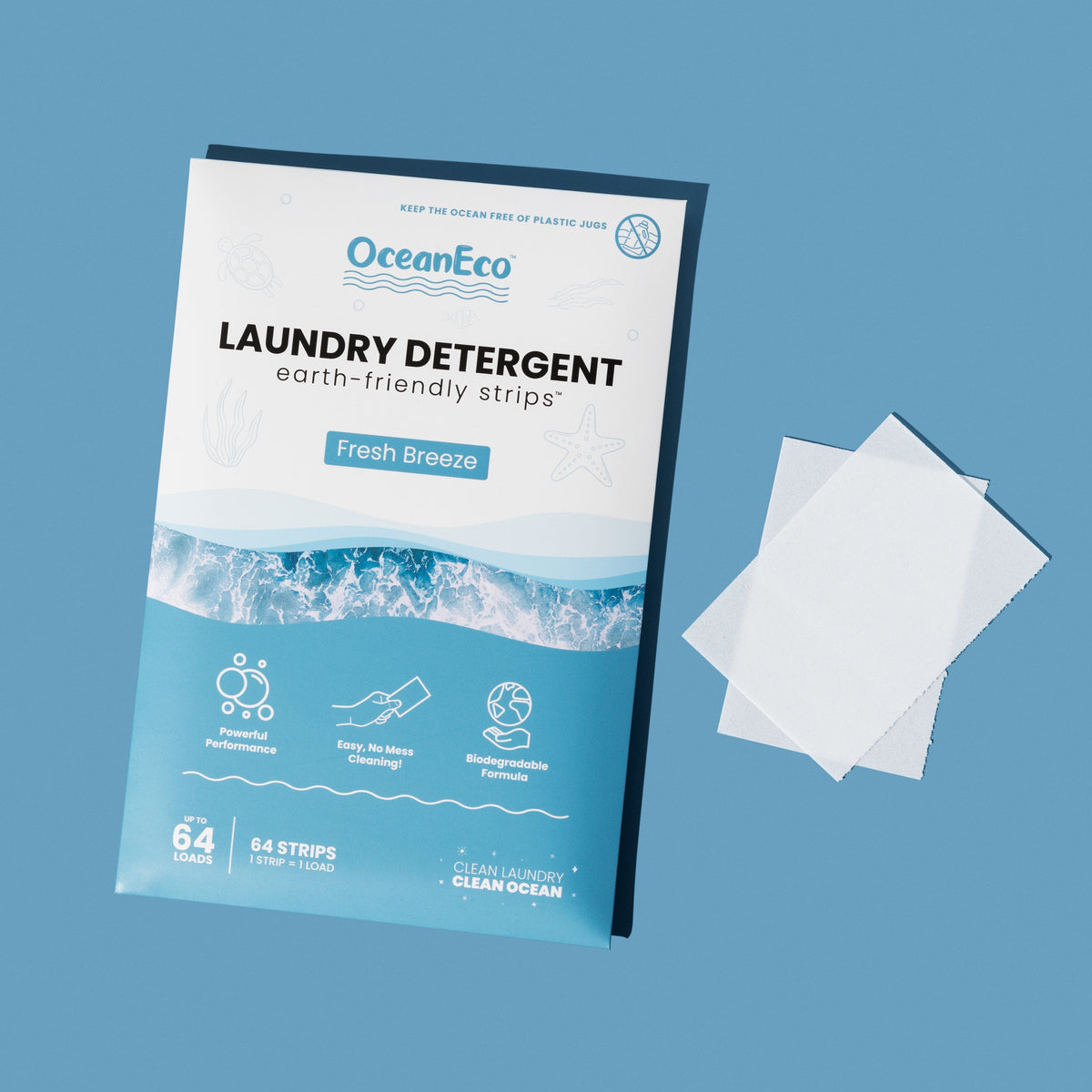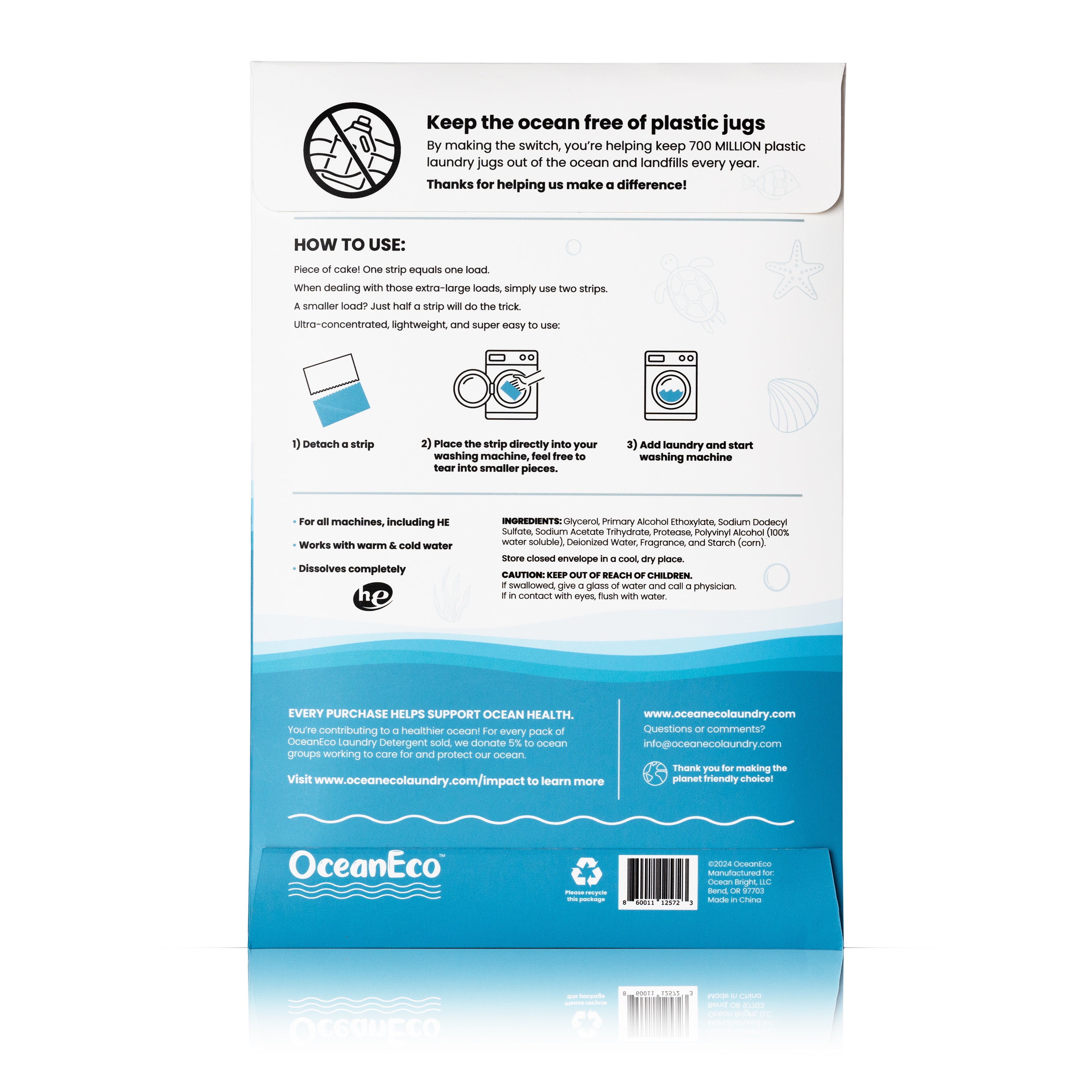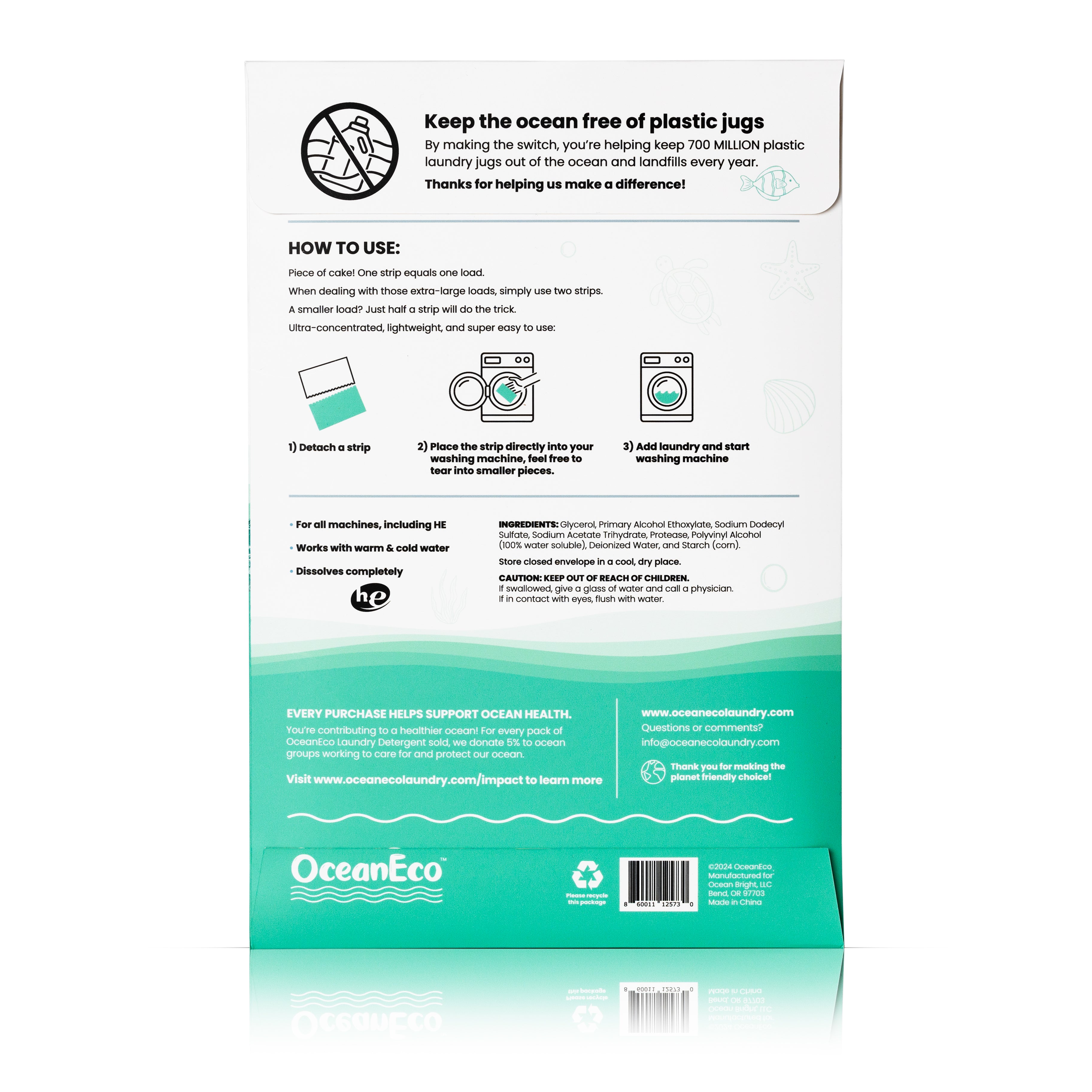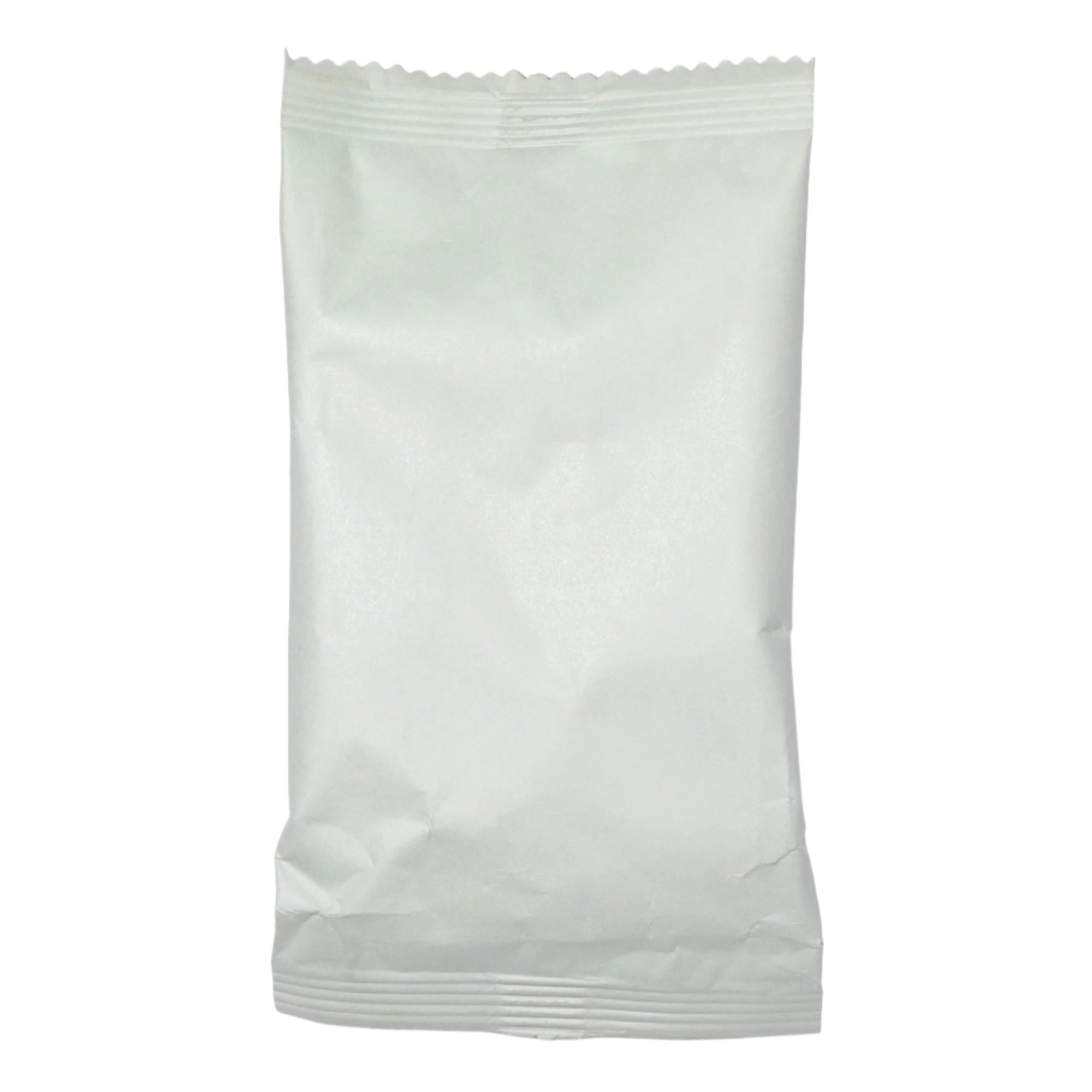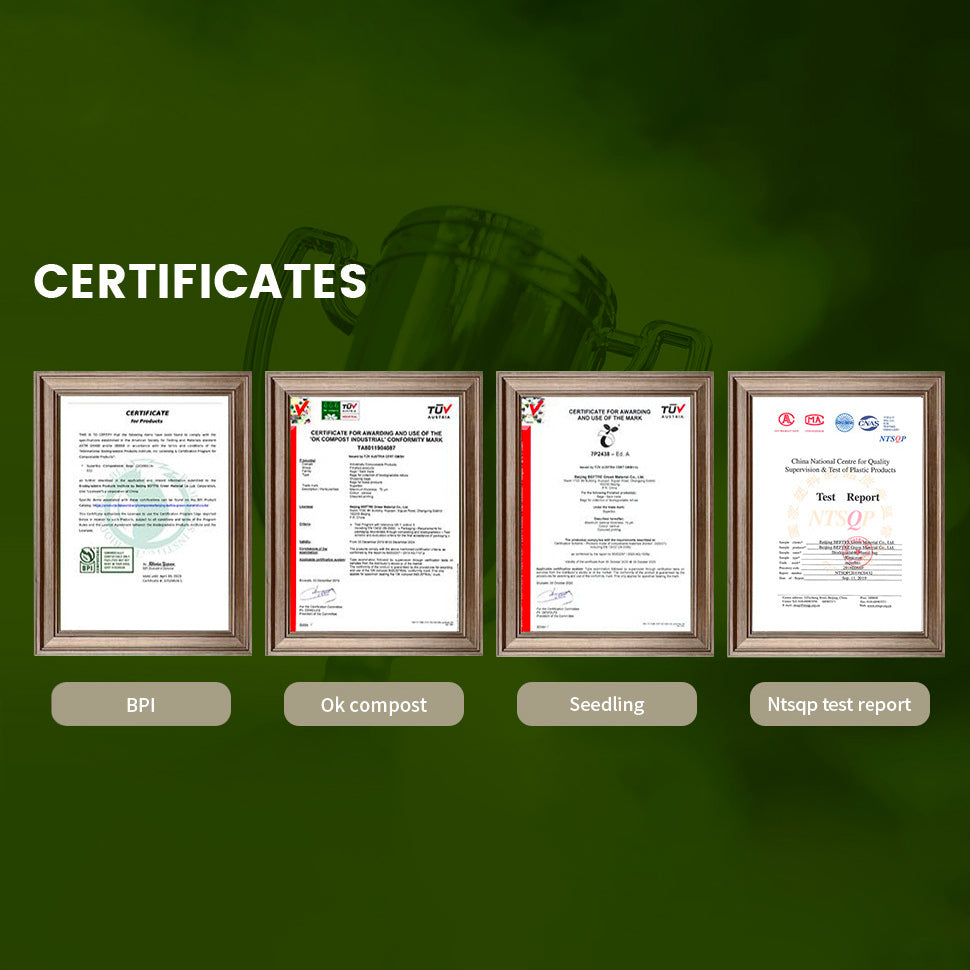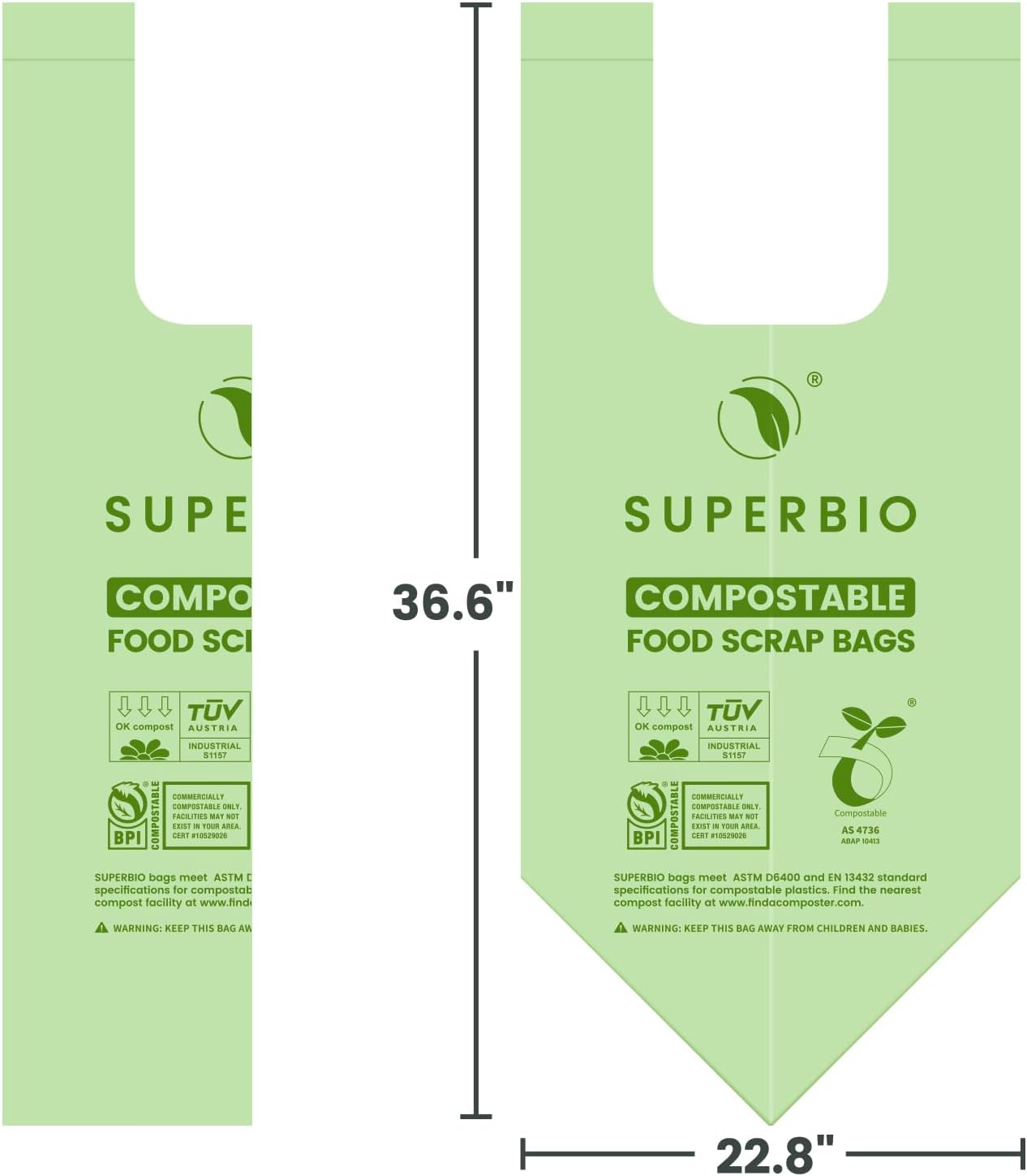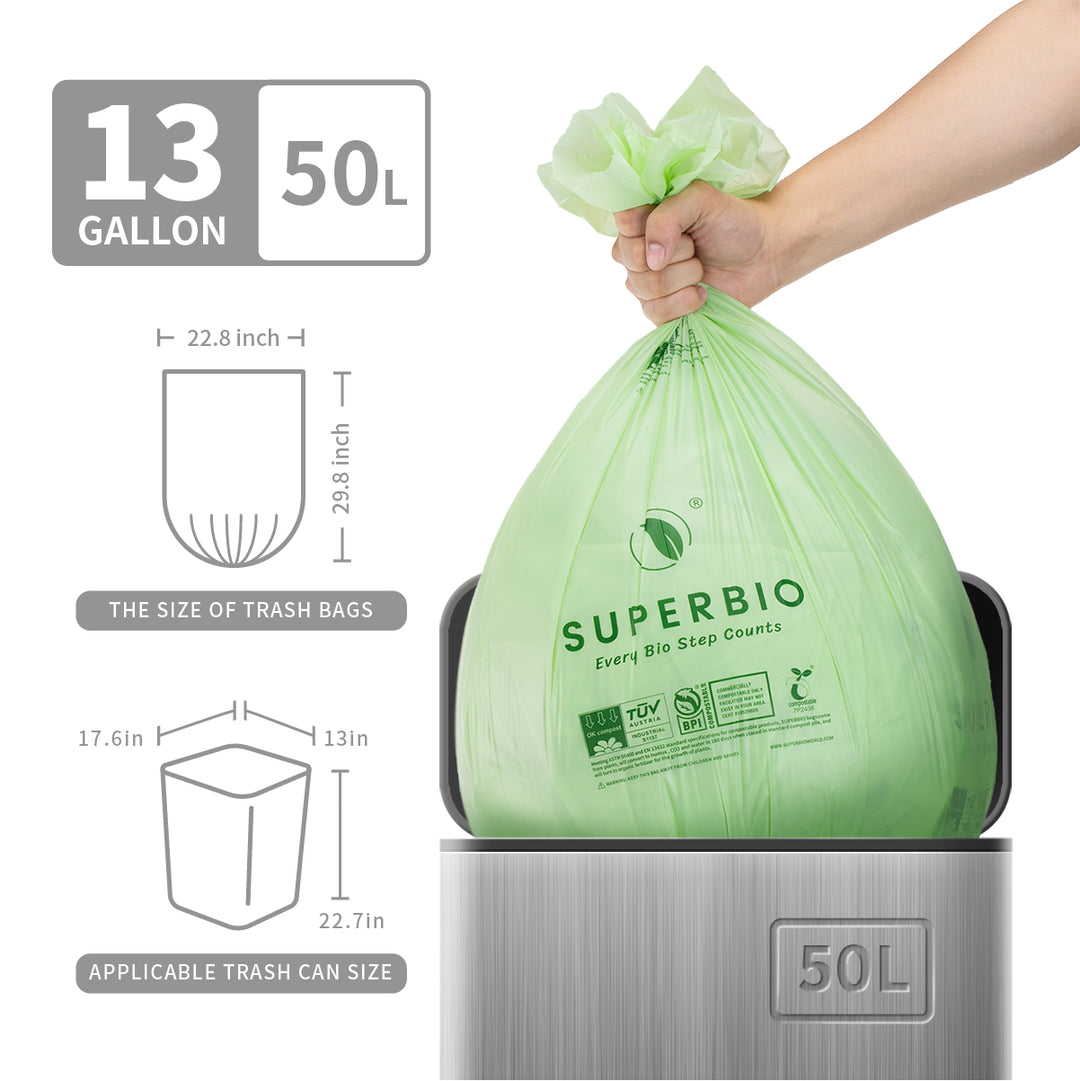Why Do Hurricanes Rarely Hit The West Coast? Cold Seas And Shear Break Their Punch
Hurricanes form where ocean heat and steering winds line up. Along the Atlantic and Gulf coasts, the Gulf Stream keeps sea-surface temperatures near or above the ~80°F threshold that fuels tropical cyclones. That warmth helps storms hold their strength as they approach land, Scientific American reports. Climatology backs up the exposure: a typical Atlantic season averages 14 named storms, seven hurricanes, and three majors from June through November, according to the National Hurricane Center.
Meanwhile, the trade winds near the tropics generally push storms from east to west. That motion points Atlantic systems toward the Caribbean and U.S. East Coast more often than not, Scientific American reports.

Hurricanes need ~80°F water to thrive.
The Cold Pacific Barrier
Flip the map. The eastern Pacific is active, but the water hugging California, Oregon, and Washington is cool, fed by the southbound California Current. Those temperatures often sit in the 50s–60s, far below what a hurricane needs to thrive. As a result, Pacific systems that form off Mexico weaken as they try to climb north. That cold-water shield is the central reason West Coast landfalls are vanishingly rare, KING 5 reports.
Eastern Pacific seasons are actually a touch busier than the Atlantic—averaging 15 named storms, eight hurricanes, and four majors from mid-May to November—yet those storms typically roam harmlessly over open ocean, the National Hurricane Center maintains.

The Gulf Stream warms the Atlantic near the U.S. East Coast.
Winds That Shove Storms Away
Low-level trades carry Pacific storms west-northwest, away from the U.S. mainland. By the time they recurve poleward into mid-latitude westerlies, they are thousands of miles from California’s coast and crossing colder water that saps their power. That steering logic comes straight from hurricane researchers cited in Scientific American. Vertical wind shear over the coastal Pacific can also disrupt storm structure, further tilting the odds against a strong approach, reports TIME.

When The West Still Feels It
Rare doesn’t mean never. Southern California has seen tropical-storm impacts, with heavy rain and flooding from systems that weakened over cool water. Recent examples include Hilary in 2023, which triggered the first tropical storm watch for the region, KING 5 reports. Historically, San Diego experienced hurricane conditions in 1858, according to TIME.
Other cases—Nora in 1997 and Kay’s moisture in 2022—arrived below hurricane strength but still delivered torrents.
The Takeaway For Both Coasts
Warm water and steering winds leave the East Coast exposed. Cold currents, wind shear, and westward trades protect the West. Seasonal tallies and track maps outline the contrast. The Pacific can send remnants and floods; the Atlantic can deliver full-force landfalls. Preparation should reflect that split.





























































































































































































